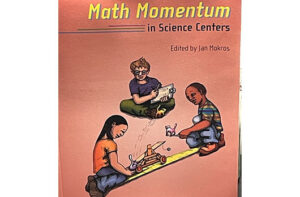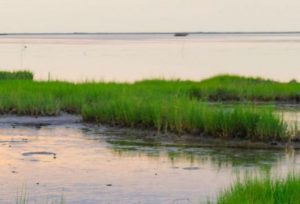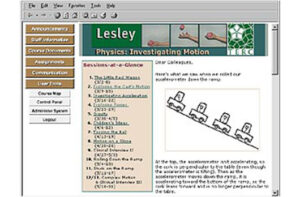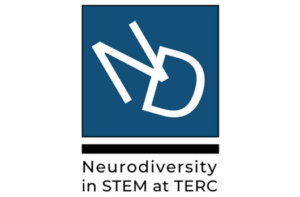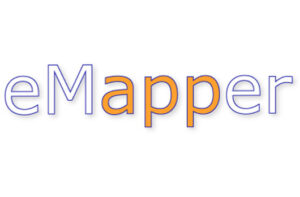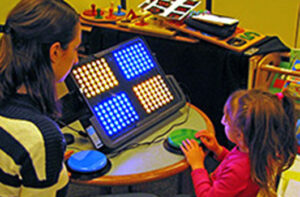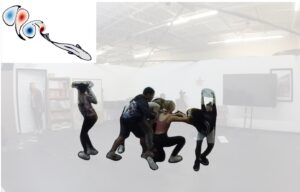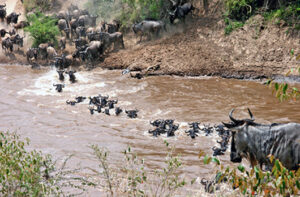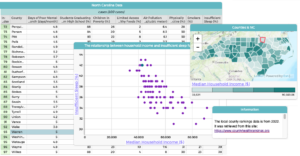Boundary Crossing in Student-Teacher-Scientist-Partnerships: Designer Considerations and Methods to Integrate Citizen Science with School Science
Anushree Bopardikar, Debra Bernstein, Susan McKenney
Bopardikar, A., Bernstein, D. & McKenney, S. Boundary Crossing in Student-Teacher-Scientist-Partnerships: Designer Considerations and Methods to Integrate Citizen Science with School Science. Instr Sci (2023).
Abstract
Student-Teacher-Scientist Partnerships (STSPs) provide opportunities for students and teachers to participate in citizen science and engage with scientific concepts and practices, thereby bridging school learning with issues of importance to society, such as climate change. But STSPs require partners to cross boundaries between the cultures of science and schooling, which is extremely difficult. This three-year case study illuminates how successful designers tackled boundary crossing challenges while creating a scalable STSP for environmental education. Analysis of data gathered from three sources – designer-generated documents, interviews with designers, and researchers’ observations of the designer work – through an in-depth participant-observation approach revealed how designers (curriculum writers and partner ecologists) made it possible for middle school students and teachers from partner schools to contribute climate-related data to the ecologists’ research and to other citizen science programs, while accommodating teacher preferences and curricular constraints to pursue educational goals. Findings about how designers used specific methods and created curriculum supports to aid processes of boundary crossing are discussed in light of relevant literature, highlighting their considerations about specific stakeholder needs related to pedagogical, curricular, and scientific goals of the partnership. Further, distilled from the empirical findings and in light of relevant literature are three guidelines in designing for STSPs to foster student inquiry, to support teachers, and to provide multiple benefits through the STSP. These findings and guidelines can help designers anticipate and attend to boundary crossing challenges in STSPs designed for environmental education, with broader implications for science education in general.

Related People:
Anushree Bopardikar and Debra Bernstein

